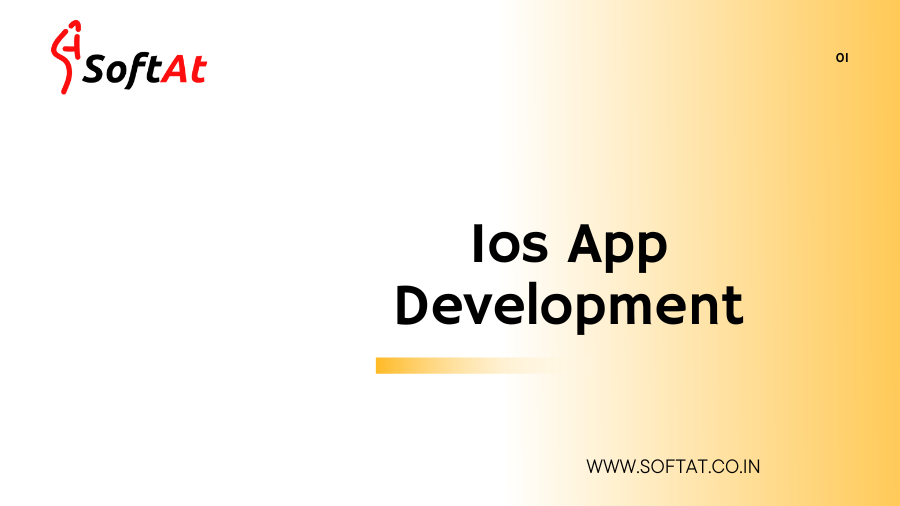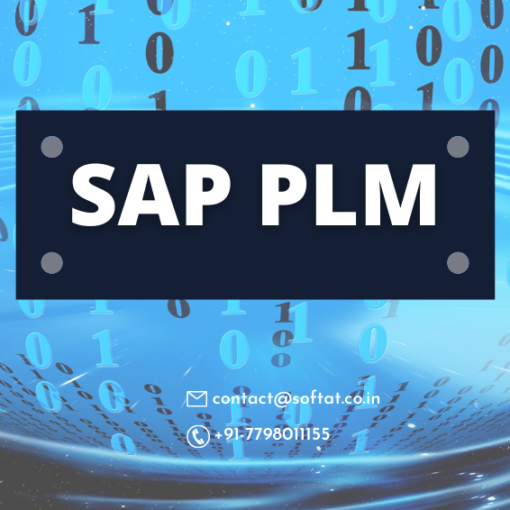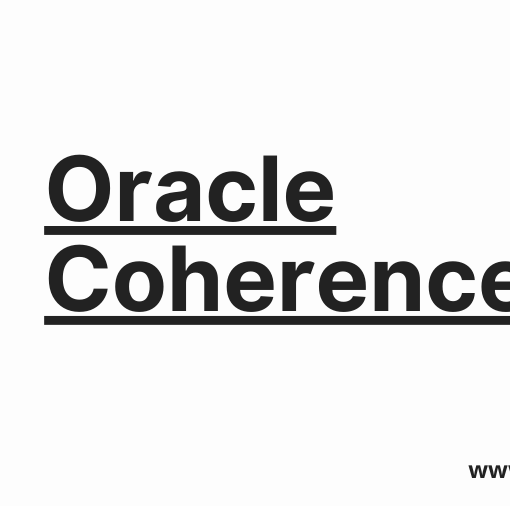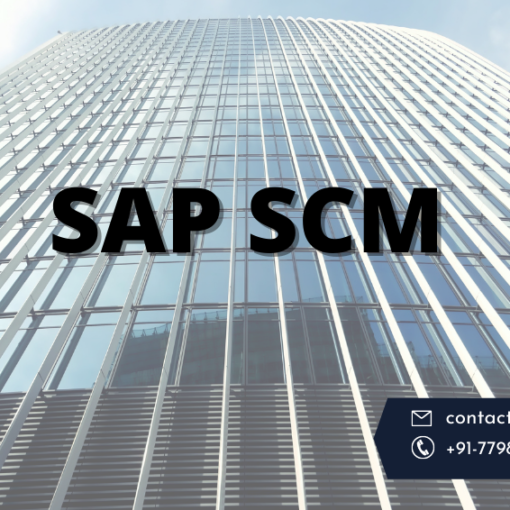iOS App Development: Navigating the Apple Ecosystem
Welcome to the world of iOS app development, where innovation meets the seamless integration of technology into our daily lives. In this journey, we’ll explore the nuances of creating exceptional iOS applications, from the inception of an idea to the deployment on the App Store.
1. Introduction
iOS app development is not just about writing code; it’s about crafting experiences that resonate with Apple’s design philosophy and user expectations. Let’s dive into the essentials of building captivating applications for the iOS platform.
2. The Apple Ecosystem
Before delving into development, understanding the broader Apple ecosystem is crucial. From iPhones to iPads, Apple Watches, and Apple TVs, the iOS developer’s canvas is expansive. We’ll explore how the seamless integration of these devices creates a unique user experience.
3. Getting Started with iOS App Development
3.1 Xcode and Swift: The Dynamic Duo
Xcode, Apple’s integrated development environment, coupled with the Swift programming language, forms the backbone of iOS app development. We’ll discuss how this dynamic duo streamlines the development process.
3.2 Understanding the iOS SDK
The iOS Software Development Kit (SDK) provides a plethora of tools and frameworks. Navigating the SDK is crucial for harnessing the full potential of iOS app development.
4. Designing User Interfaces for iOS
4.1 Human Interface Guidelines (HIG)
Apple’s HIG sets the standard for designing interfaces that users find intuitive and delightful. We’ll delve into the principles that guide iOS app design.
4.2 Storyboards and Auto Layout
Creating responsive and visually appealing interfaces is made easier with tools like Storyboards and Auto Layout. Learn how these features contribute to a seamless user experience.
5. Swift Programming Language: Unleashing the Power
5.1 Basics of Swift
Swift’s syntax is designed for clarity and conciseness. We’ll cover the basics to help you get comfortable with this powerful programming language.
5.2 Advanced Swift Features
From optionals to generics, exploring advanced Swift features is essential for writing robust and efficient iOS code. We’ll demystify these concepts for you.
6. Building the Back End: Connecting to the Cloud
6.1 Integrating APIs
Connecting your app to external services and APIs opens up a world of possibilities. We’ll guide you through the process of seamless integration.
6.2 Cloud Services for iOS Apps
Utilizing cloud services for storage, authentication, and data management is integral to modern iOS app development. Discover the options available and when to use them.
7. Testing and Debugging in Xcode
7.1 Unit Testing
Ensuring the reliability of your code is a developer’s responsibility. Learn the importance of unit testing and how Xcode facilitates this critical aspect of development.
7.2 Instruments for Performance Analysis
Instruments, a part of Xcode, offers powerful tools for analyzing and optimizing app performance. We’ll explore how to use these instruments effectively.
8. App Store Submission: From Development to Deployment
8.1 App Store Guidelines
Adhering to Apple’s guidelines is crucial for a successful app submission. We’ll highlight key considerations to ensure your app meets the App Store’s standards.
8.2 Submission and Approval Process
Navigating the submission and approval process requires attention to detail. We’ll guide you through the steps to make your app available to a global audience.
9. Monetizing iOS Apps: Strategies for Success
9.1 In-App Purchases
In-app purchases provide a revenue stream for many apps. We’ll explore strategies for implementing in-app purchases effectively.
9.2 Ad Revenue Models
Advertising is another avenue for monetization. Understand the different ad revenue models and choose the one that aligns with your app’s goals.
10. Post-Launch Strategies: Updates and User Feedback
10.1 Agile Approach to Updates
Continuous improvement is key. Adopting an agile approach to updates ensures your app stays relevant and meets evolving user expectations.
10.2 Leveraging User Feedback
User feedback is a valuable asset. Discover how to collect, analyze, and leverage feedback to enhance your app’s performance and user satisfaction.
11. Ensuring App Security: Best Practices
11.1 Data Encryption
Securing user data is a top priority. We’ll explore best practices for data encryption to safeguard sensitive information.
11.2 Secure Coding Principles
Writing secure code is fundamental. Learn the principles of secure coding to protect your app from potential vulnerabilities.
12. Cross-Platform Development: Pros and Cons
12.1 Xamarin and Flutter
Cross-platform development frameworks like Xamarin and Flutter offer the advantage of code reusability. We’ll weigh the pros and cons of adopting these solutions.
12.2 Trade-offs in Cross-Platform Solutions
While cross-platform development has its merits, there are trade-offs. Explore the considerations that will help you decide if cross-platform is the right choice for your project.
You may be interested in:





